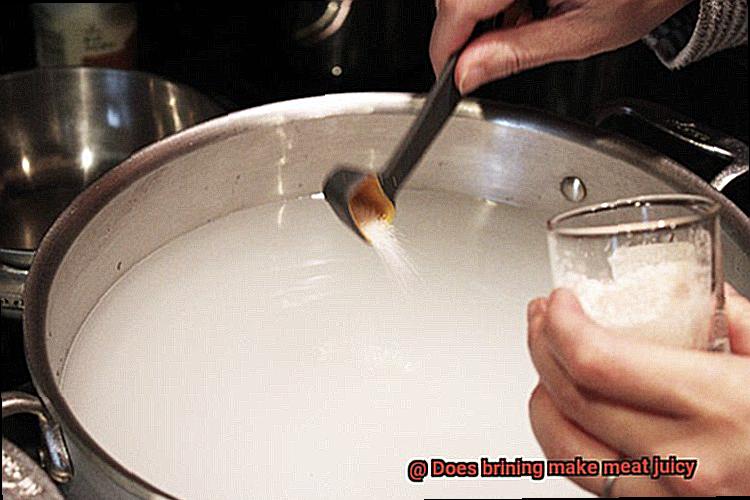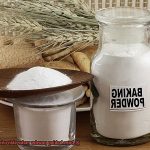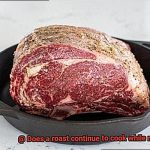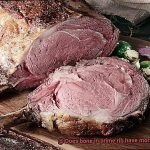Have you ever cooked a piece of meat to perfection, only to be disappointed by its dry and tough texture? Fear not, because there’s a solution that can make your meat juicy and flavorful – brining. Brining is the process of soaking meat in a mixture of salt, water, and other seasonings before cooking. But the question remains – does brining really work?
Let’s start with the basics. When meat is cooked, it undergoes muscle fiber contraction which leads to loss of moisture and juiciness. Brining helps prevent this by adding moisture to the meat before cooking. The salt in the brine breaks down proteins in the meat, allowing water to be absorbed into the muscle fibers, resulting in juicy and tender meat that retains its natural flavor.
Depending on what ingredients are used in the brine, it can also enhance the flavor of your dish. By adding herbs, spices or aromatics to your brine mix, you can infuse your meat with delicious flavors creating a complex and mouth-watering dish.
So yes, brining does make your meat juicy but there are some things you should keep in mind. Over-brining can lead to overly salty meat while leaving it too long in the brine can affect its texture.
In this blog post we’ll take a deeper dive into how exactly brining works and explore some tips for proper brining techniques. Whether you’re a seasoned chef or just starting out in the kitchen, understanding how to properly use this technique will elevate your dishes to new heights. So let’s get started.
Contents
How Does Brining Make Meat Juicy?
The art of brining has been around for centuries, and it’s no wonder why; it keeps meat moist and juicy during cooking. But how exactly does this process work? Let’s explore the science behind it.
Before cooking, meat is soaked in a saltwater solution along with other flavors like sugar, herbs, and spices. The salt in the brine solution breaks down the muscle fibers in the meat, allowing it to retain more moisture during cooking. This results in juicy, tender meat that is bursting with flavor.
The salt also dissolves some of the proteins in the meat, which contributes to its succulent texture. When you bite into a brined piece of meat, you’ll notice how it effortlessly pulls apart and how each bite is incredibly satisfying.
Furthermore, the additional flavors infused in the brine solution such as rosemary, thyme, or garlic add an extra layer of taste and aroma to the meat. These flavors permeate the meat as it soaks in the brine solution, resulting in a more complex and satisfying dish.
It’s important to keep in mind that not all meats benefit from brining equally. For instance, leaner meats like chicken and turkey benefit more from brining than fattier cuts like beef or pork. Additionally, over-brining can lead to an overly salty or mushy texture. As a rule of thumb, most meats should be soaked in a brine solution for no more than 24 hours before cooking.
What Are the Benefits of Brining?
Brining involves soaking meat in a saltwater solution before cooking, a method used for centuries to preserve meat. However, the benefits of brining go beyond preservation and can drastically improve the taste and texture of your meat.

One of the primary benefits of brining is that it keeps your meat juicy and moist. The salt in the brine breaks down the muscle fibers in the meat, allowing it to absorb more water. This extra moisture prevents the meat from drying out during cooking, which is especially important for lean cuts like chicken breasts or pork chops.
But the benefits don’t just stop at moisture retention – brining can also enhance the flavor of your meat. The salt not only adds flavor but also enhances its natural flavors. And with customizations like herbs, spices, and aromatics, you can create a brine that complements any dish.
In addition to improving moisture and flavor, brining can also tenderize tougher cuts of meat. The salt breaks down connective tissue, making the meat more tender and easier to chew. This is especially useful for slow-cooked cuts like brisket or pork shoulder.
Types of Brines and Their Effects on Meat
Brining is a technique that can help elevate your cooking game to the next level. But did you know that not all brines are created equal? Each type of brine has unique effects on the meat, and it’s important to understand which brine will best suit your cut of meat and taste preferences.
The first type of brine is the simple brine. This is the most basic type of brine, consisting of water, salt, and sugar. The saltwater solution helps break down the muscle fibers in the meat, allowing it to absorb more moisture and become juicier during cooking. This brine is best suited for lean cuts of meat, such as chicken breasts or pork chops. The addition of sugar helps balance out the salty flavor of the brine and can also create a caramelized crust on the meat during cooking.
Looking for a more tender cut of meat? Try using an acidic brine. This type of brine includes vinegar or citrus juice, which adds an acidic element to the solution. The acidity helps to tenderize the meat by breaking down the proteins and connective tissue, resulting in a more tender and flavorful piece of meat. This type of brine is best for tougher cuts of meat, such as beef brisket or pork shoulder.
If you have a sweet tooth, then a sweet brine might be perfect for you. This type of brine is made with sugar or honey instead of salt and adds sweetness to the meat. It’s best suited for pork or beef and can create a delicious contrast when paired with savory spices or herbs.
But what if you don’t want to use a liquid solution? Enter the dry brine. A dry brine involves rubbing a mixture of salt and other spices and herbs onto the meat’s surface. The salt acts as a seasoning and draws out moisture from the meat, creating a dry surface that intensifies flavor and results in a crispy crust when cooked. This brining method is ideal for cuts of meat with a higher fat content, such as a ribeye steak.
Finally, there are flavored brines that can be used to add additional flavor to the meat. These can include ingredients such as herbs, spices, or even beer or wine. Flavored brines can be used with any type of meat but are especially effective with poultry and pork.
What Type of Meat Should Be Brined?
Brining is an age-old technique that can work wonders on meat, but not all meats are created equal when it comes to this process. Some types of meat benefit more from brining than others, while some may not need it at all. As a culinary expert, I’m here to shed some light on the question of which meats should be brined.
If you’re dealing with leaner meats that tend to dry out easily, brining is definitely the way to go. Poultry like chicken and turkey, as well as pork chops and tenderloins, are perfect candidates for brining. The salt and liquid solution seeps into the meat, adding flavor and moisture that helps keep these cuts juicy and tender.
Beef, on the other hand, is not typically brined due to its high fat content. The fat helps keep beef moist during cooking, so brining isn’t necessary in most cases. However, there are exceptions. For instance, brisket can benefit from a brine to help break down the tough muscle fibers and tenderize the meat.
Fish is another meat that can benefit from brining. If you’re planning on smoking or cooking fish over high heat, a brine can help keep the delicate flesh moist and prevent it from drying out.
It’s important to note that not all cuts of meat within these categories may require brining. A well-marbled pork chop, for example, may not need to be brined since the fat content will keep it juicy during cooking. When in doubt, consult a recipe or an expert to determine whether or not a specific cut of meat should be brined.
How Long Should You Brine Meat for?
Brining is a simple yet effective technique that can take your meat from good to great. However, the secret to achieving optimal results lies in getting the brine time just right. Too little time in the solution and the meat won’t fully absorb the flavors and moisture, while too much time can result in an overly salty or mushy texture. So, how long should you brine your meat for?
When it comes to poultry, such as chicken or turkey, a minimum of 4-6 hours is recommended for optimal flavor and moisture. If you have more time on your hands, leaving it in the brine for up to 24 hours can result in even juicier meat. For larger cuts of beef or pork, such as roasts or brisket, plan on brining for at least 12-24 hours.
The size and thickness of the meat also play a significant role in determining the optimal brine time. A thicker cut will require more time in the brine to fully penetrate the center and provide maximum flavor and moisture. On the other hand, smaller cuts may only need a few hours to achieve their full potential.
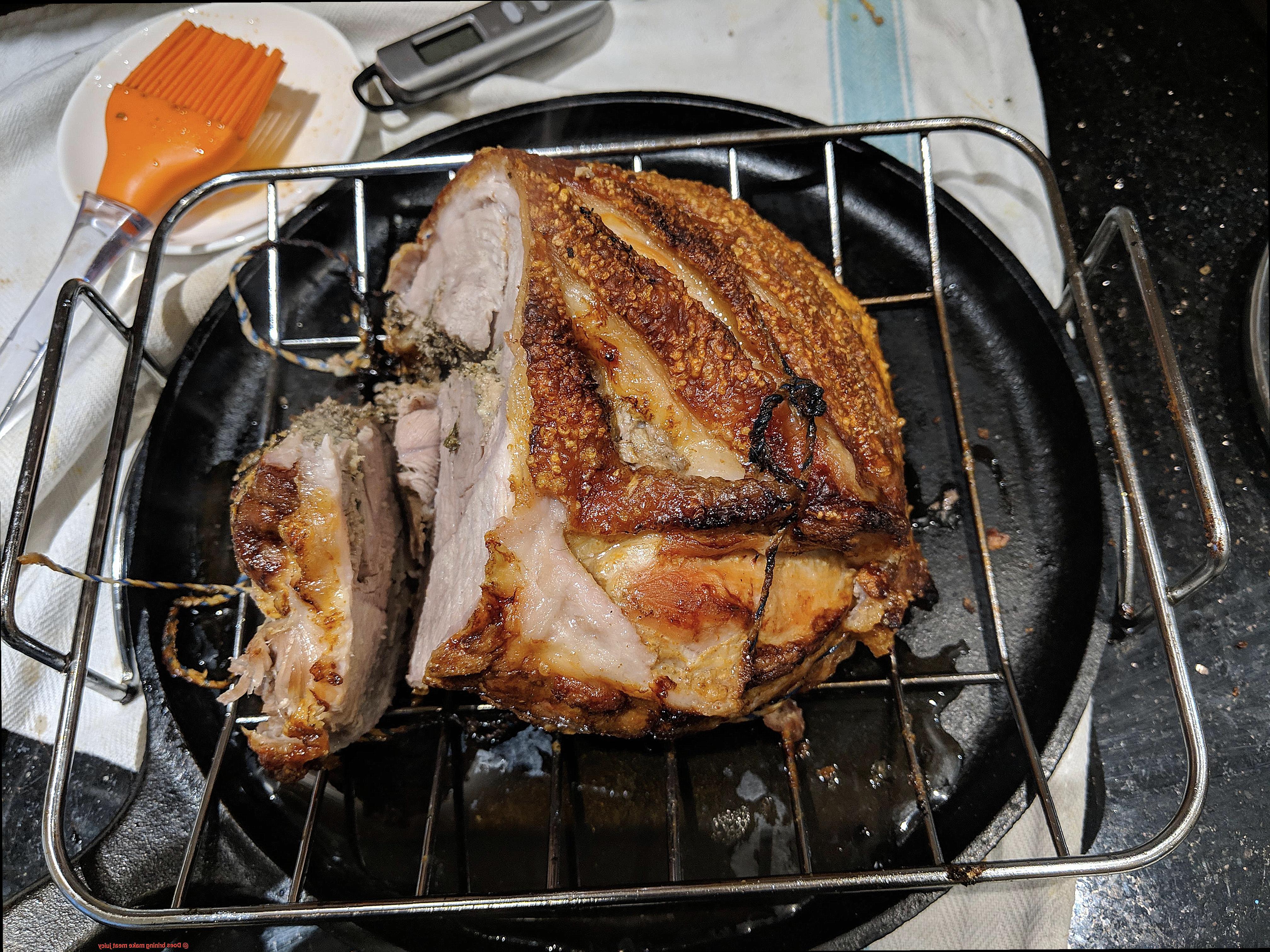
It’s also important to keep in mind that leaner cuts of meat will benefit more from brining than fattier cuts. This is because leaner meats tend to dry out more easily during cooking. So if you’re working with a leaner cut, plan on a longer brine time to ensure maximum juiciness.
In summary, here are some key things to keep in mind when determining how long to brine your meat for:
- Poultry: 4-6 hours minimum, up to 24 hours
- Beef or pork: 12-24 hours
- Size and thickness of meat: larger cuts need more time
- Leaner cuts benefit more from brining than fattier cuts
Common Mistakes to Avoid When Brining
Brining is a fantastic technique that can help you achieve succulent and flavorful meat. However, before you start soaking your meat in a saltwater solution, there are some common mistakes that you need to avoid to ensure the best outcome. As an expert in this field, I’m here to share the top four mistakes that can ruin your brining experience.
First and foremost, not using enough salt can be detrimental to the entire process of brining. Salt is essential in adding moisture to the meat, and without enough of it, your meat won’t absorb as much liquid as it could. This can result in dry and unappetizing meat that defeats the purpose of brining. So make sure you use enough salt in your brine.
Secondly, brining for too long can lead to the opposite effect and leave your meat dry. While you want your meat to have enough time to absorb the brine, exceeding 24 hours can be detrimental. The general rule is to follow the recommended brine time based on the type of meat you’re using. This will help ensure that your meat is juicy and tender.
Thirdly, after you’ve finished brining your meat, it’s crucial to rinse it off thoroughly before cooking. Not rinsing off the excess salt and other seasonings from the brine can result in overly salty meat that’s unpalatable. So don’t forget this crucial step. Rinse your meat thoroughly with cold water before patting it dry.
Lastly, using a weak or poorly flavored brine can leave your meat bland and unappetizing. The flavor of your brine is just as important as the salt content, as it helps to infuse the meat with additional flavor. Make sure you use a well-seasoned and flavorful brine that complements the type of meat you’re using.
Cooking Tips After Brining
Brining is a cooking technique that has been used for centuries to add moisture and flavor to meat. However, the key to success lies in following some essential cooking tips after brining.
Firstly, it’s crucial to rinse off any excess salt from the surface of the meat after brining. Failing to do so can lead to an overly salty dish that may not be palatable. Rinsing the meat helps to remove excess salt, ensuring a balanced and delicious taste.
Next, it’s important to pat the meat dry with paper towels before cooking. This helps to create a crispy crust on the outside of the meat, while still retaining its moisture on the inside. A well-seared crust enhances the texture and flavor of your dish, making it more delicious.
Thirdly, adjusting the seasoning of the meat after brining is essential. Brining adds salt and other flavors to the meat, so it’s crucial to taste and adjust accordingly before cooking. This ensures that your dish is perfectly seasoned and flavorful.
Fourthly, cooking brined meat at a lower temperature for longer is recommended. This helps the meat retain its moisture and become more tender. Overcooking brined meat can lead to dry and tough meat that lacks flavor.
Lastly, allowing the meat to rest for a few minutes after cooking before slicing or serving is essential. Resting helps the juices redistribute throughout the meat, making it more flavorful and tender. Slicing too soon can result in dry, tough meat that lacks depth of flavor.
Alternatives to Brining Meat
Fear not, there are alternative methods that can be just as effective in keeping your meat juicy and delicious. Let’s explore some of these options.
Firstly, there’s dry brining. This method involves rubbing salt and other seasonings directly onto the meat and letting it sit for several hours before cooking. As the salt draws out moisture from the meat, it gets reabsorbed along with the seasoning, resulting in a flavorful and juicy end product. It’s a simple and effective technique that can elevate any dish.
Another popular choice is marinating. Soaking meat in a flavorful liquid mixture, which can include acidic ingredients like vinegar or citrus juice, can help break down the proteins in the meat and make it more tender and juicy. Plus, it adds an explosion of flavor to your dish.
Injecting is another option to consider. Using a needle to inject a flavorful liquid directly into the meat can infuse flavor deep into larger cuts of meat like whole turkeys or roasts. This technique allows for even distribution of flavor throughout the meat, resulting in a mouth-watering meal.
Lastly, we have sous vide cooking – a precise and innovative way to cook meat. Sous vide involves vacuum-sealing the meat and cooking it in a water bath at a precise temperature for an extended period of time. This method allows the meat to cook evenly and retain its moisture, resulting in a tender and juicy end product every time.
RxBoYsGwm2g” >
Conclusion
To sum it up, brining is a game-changing technique that can transform your meat into a succulent and delectable masterpiece. By immersing the meat in a saltwater solution infused with other seasonings prior to cooking, you allow the salt to break down proteins in the meat, thus enabling water to be absorbed into the muscle fibers. The result? Juicy and tender meat that retains its natural flavor and is bursting with deliciousness.
But like all good things, there are some caveats to keep in mind when using this method. Over-brining can lead to excessively salty meat, while leaving it too long in the brine can alter its texture. Moreover, not all meats benefit from brining equally – leaner meats such as chicken or turkey tend to respond better than fattier cuts like beef or pork.
Fortunately, there are several alternative methods that can yield similarly juicy and flavorsome results such as dry brining, marinating, injecting or sous vide cooking. However, regardless of which method you choose, following essential cooking tips after brining is crucial for optimal outcomes.
In essence, mastering the art of brining will take your culinary skills to new heights.

